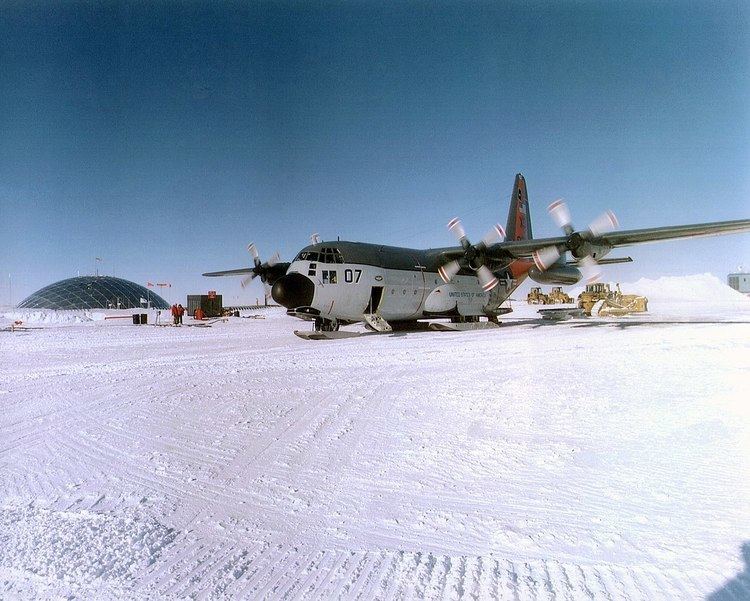 | ||
As Antarctica has never been permanently settled by humans, there has historically been little military activity in the Antarctic. Because the Antarctic Treaty, which came into effect on June 23, 1961, bans military activity in Antarctica, military personnel and equipment may only be used for scientific research or any other peaceful purpose (such as delivering supplies) on the continent.
Contents
The Antarctic Treaty specifically prohibits military activity on land or ice shelves below 60°S. While the use of nuclear weapons is absolutely prohibited, the Treaty does not apply to naval activity within these bounds (in the Southern Ocean) so long as it takes place on the high seas.
Notable operations
Military forces from many countries have provided support to scientific expeditions and bases in Antarctica. Notable operations and expeditions have included:
Potential for future conflicts
John Keegan and Andrew Wheatcroft, in their 1986 book 'Zones of Conflict: An Atlas of Future Wars', make the point that strategic interests in Antarctica derive from two causes: economic and strategic. Antarctica has great potential economic value, in terms of mineral and oil resources. Strategically, there was continuing concern about keeping the Cape Horn route available for free passage during the Cold War, as, among other things, U.S. aircraft carriers cannot pass through the Panama Canal. The Falkland Islands, Keegan and Wheatcroft go on to say, dominate the Drake Passage, the 'stretch of stormy water separating South America from the Antarctic'. This was a less publicised factor during the Falklands War.
However, with the dissolution of the Soviet Union, and increasing competition for fossil fuel resources, the 'economic' rather than the 'strategic' rationale will likely grow more important in the early twenty-first century.
